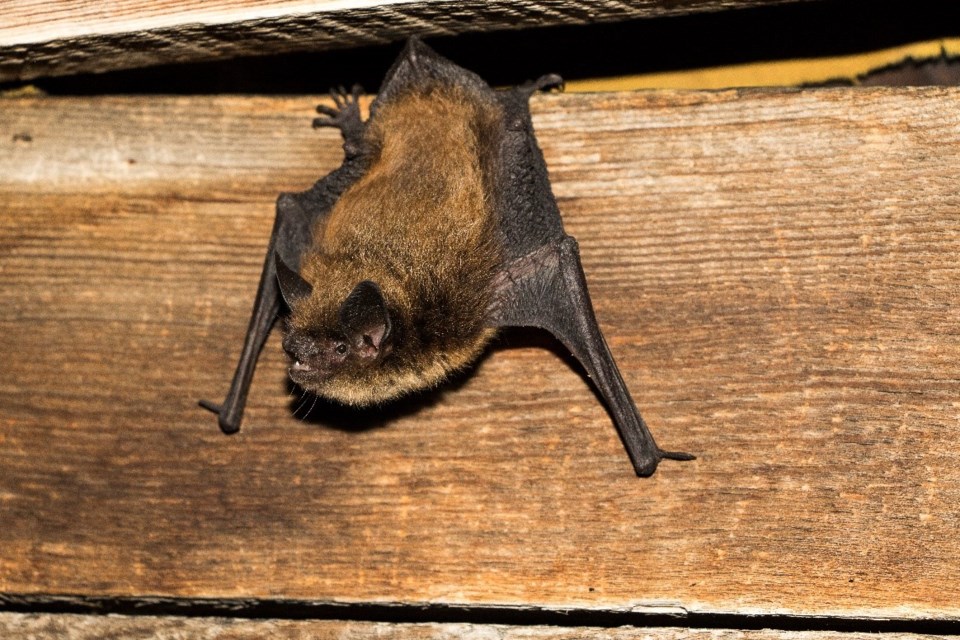A provincial bat awareness and education program is once again calling on citizen scientists to identify roosts and help count bats in order to continue monitoring bat populations across B.C.
With summer here and bats frequently appearing after sunset to feed on insects, the B.C. Community Bat Program is asking homeowners who may notice a bat flying overhead to take note of the possible location of a nearby roost and to count the bats as they enter or exit the colony.
Officially, the program – which is funded by the Habitat Conservation Trust Foundation, the Forest Enhancement Society of B.C., and the Habitat Stewardship Program – is hosting its annual summer bat count starting July 11 and running through Aug. 5.
Participants are encouraging to count bats, specifically ones coming and going from a roost, for one hour starting at sunset.
“The counts are a wonderful way for people to get outside, respect social distancing guidelines, and be involved in collecting important scientific information,” states Danielle Dagenais, regional co-ordinator of the B.C. Community Bat Program, in a news release.
Bats are known to consume a vast number of insects in the summertime, which is beneficial to forest and agricultural ecosystems, according to Dagenais.
Bat counts and monitoring bat populations are particularly important because white-nose syndrome, a fungal disease that affects bats but not other animals or humans, has been decimating bat numbers across North America.
Results from the bat count may help prioritize research areas in B.C. for treatment options and recovery actions, according to Dagenais.
If you notice a roost, the program is asking people to report it at [email protected].
To find out more about this summer’s bat counts or white-nose syndrome, to report a dead bat, or for assistance dealing with bat issues, visit the B.C. Community Bat Program website or call 1-855-9BC-BATS ext. 11.


